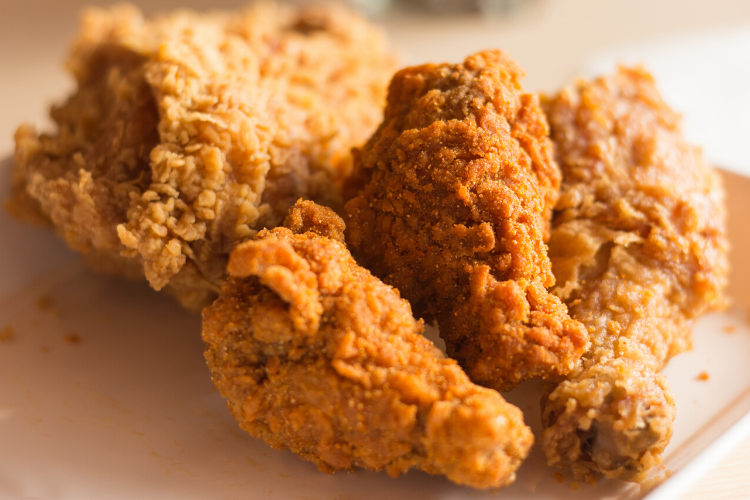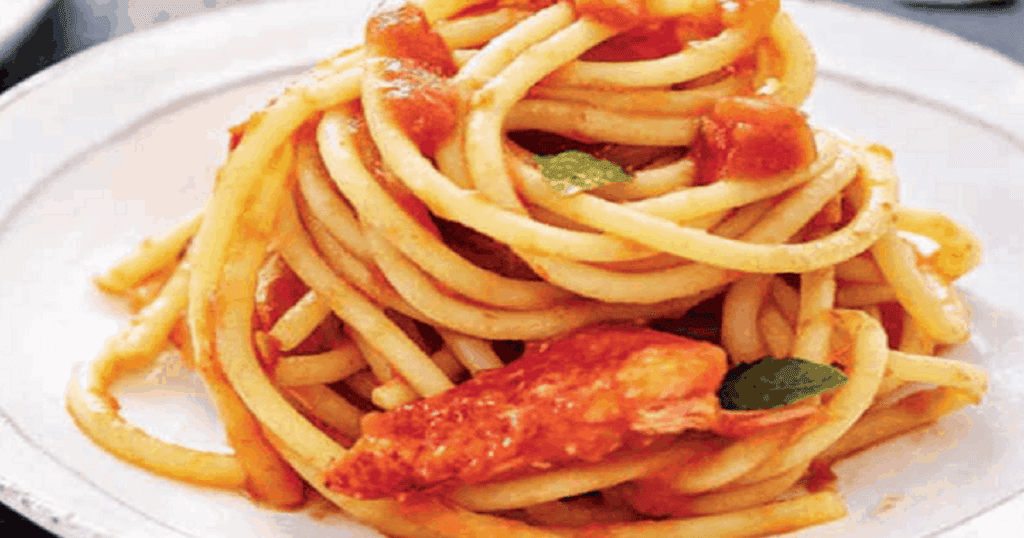Making the perfect fried chicken can sometimes feel like a culinary quest, but the rewards of golden, crispy perfection are worth it. The biggest takeaway from my kitchen escapades? Don’t rush the marinating process, as soaking the chicken in buttermilk is the ticket to achieving that mouthwatering tenderness we all crave. I learned that the hard way when, in haste, I skipped the marinating time and ended up with less-than-juicy chicken. Seasoning is everything.
Don’t be shy about the spices because they transform your flour from bland to great. Keep your oil at a steady temperature; too low and you’ll have oil-logged chicken; too high and you’re looking at a burnt exterior with an undercooked middle. And here’s a tip: place fried chicken on a wire rack over paper towels. This little trick circulates air, keeping the bottom as crunchy as the top. These insights are simple, but they make a big difference and will set you on the path to fried chicken glory.
Unleash the flavor bomb: Relish the taste of Gordon Ramsay’s Sticky Spicy Chicken Wings: A Finger-Licking Delight.
Do you do egg or flour first for fried chicken?
For fried chicken, you typically dredge the chicken in flour first. This initial flour coating helps the egg wash stick better to the chicken. After the chicken is coated in flour, dip it into the beaten egg and then back into the flour or a flour-spice mixture for a second coating. This process helps create a more substantial and crispier breading once fried.
What is the secret to good fried chicken?
The secret to good fried chicken lies in several key factors:
- Marination: Soaking the chicken in a seasoned marinade or buttermilk tenderizes the meat and infuses it with flavor.
- Seasoning: A well-seasoned flour mixture or batter is crucial for a flavorful crust. Use spices and herbs such as paprika, garlic powder, salt, and black pepper.
- Breading: A thorough coating in flour or batter ensures a crispy exterior. Some cooks swear by double-dipping for extra crunch.
- Temperature Control: The oil should be heated to and maintained at the right temperature, usually between 350°F and 375°F (175°C to 190°C). If it’s too cold, the chicken will absorb too much oil and be greasy; if it’s too hot, it will burn on the outside before the inside is cooked.
- Cooking Time: Chicken pieces should be cooked until golden brown and reach an internal temperature of 165°F (74°C).
- Resting: Let the chicken rest on a wire rack after frying to allow excess oil to drain off and keep the skin crispy.
Why put chicken in milk before frying?
Soaking chicken in milk or, more commonly, in buttermilk before frying serves several purposes:
- Tenderization: The mild acids in milk or buttermilk help break down the proteins in the chicken, resulting in more tender meat.
- Moisture: The milk helps keep the chicken moist during the frying process.
- Flavor: Milk can be infused with various seasonings and spices, which are then absorbed by the chicken, enhancing its flavor.
- Breading Adhesion: The liquid helps the flour or breading mixture adhere to the chicken better, which leads to a more even and crisp coating.
How do you fry chicken correctly?
To fry chicken correctly, follow these steps:
- Marinate or Brine: Soak the chicken in a marinade or buttermilk seasoned with your choice of spices for several hours or overnight in the refrigerator.
- Dredge the Chicken: Remove the chicken from the marinade and dredge it in seasoned flour. Dip it into an egg wash after the first flour coating for a thicker crust, then dredge it in flour again.
- Heat the Oil: In a deep fryer or large pot, heat the oil to the correct temperature (350°F to 375°F / 175°C to 190°C).
- Fry in Batches: Fry the chicken pieces in batches to avoid overcrowding, which can lower the oil’s temperature and cause the chicken to become greasy.
- Maintain Oil Temperature: Monitor and adjust the heat as needed to keep the oil at a steady temperature.
- Cook Thoroughly: Fry the chicken until it is golden brown and cooked through, reaching an internal temperature of 165°F (74°C).
- Drain and Rest: Place the fried chicken on a wire rack over a sheet pan to drain off excess oil and maintain crispiness. Let it rest for a few minutes before serving.
Summing Up
Bringing this tasty tutorial to a close, remember that the perfect fried chicken is about more than just steps and ingredients. It’s about putting a bit of yourself into the dish. Now that you’ve got Gordon Ramsay’s top Fried Chicken tips in your back pocket, you’re ready to take on the challenge and make a batch of fried chicken that will have everyone talking.
Cooking is an adventure that’s as much about the journey as the delicious destination, so get out there and start sizzling! Whether cooking for a big family dinner or just spicing up your weekday meals, your kitchen is set to become the hottest spot in town. Happy frying, and let every bite bring joy to your table!
Last Updated on February 4, 2024 by John Siracusa




